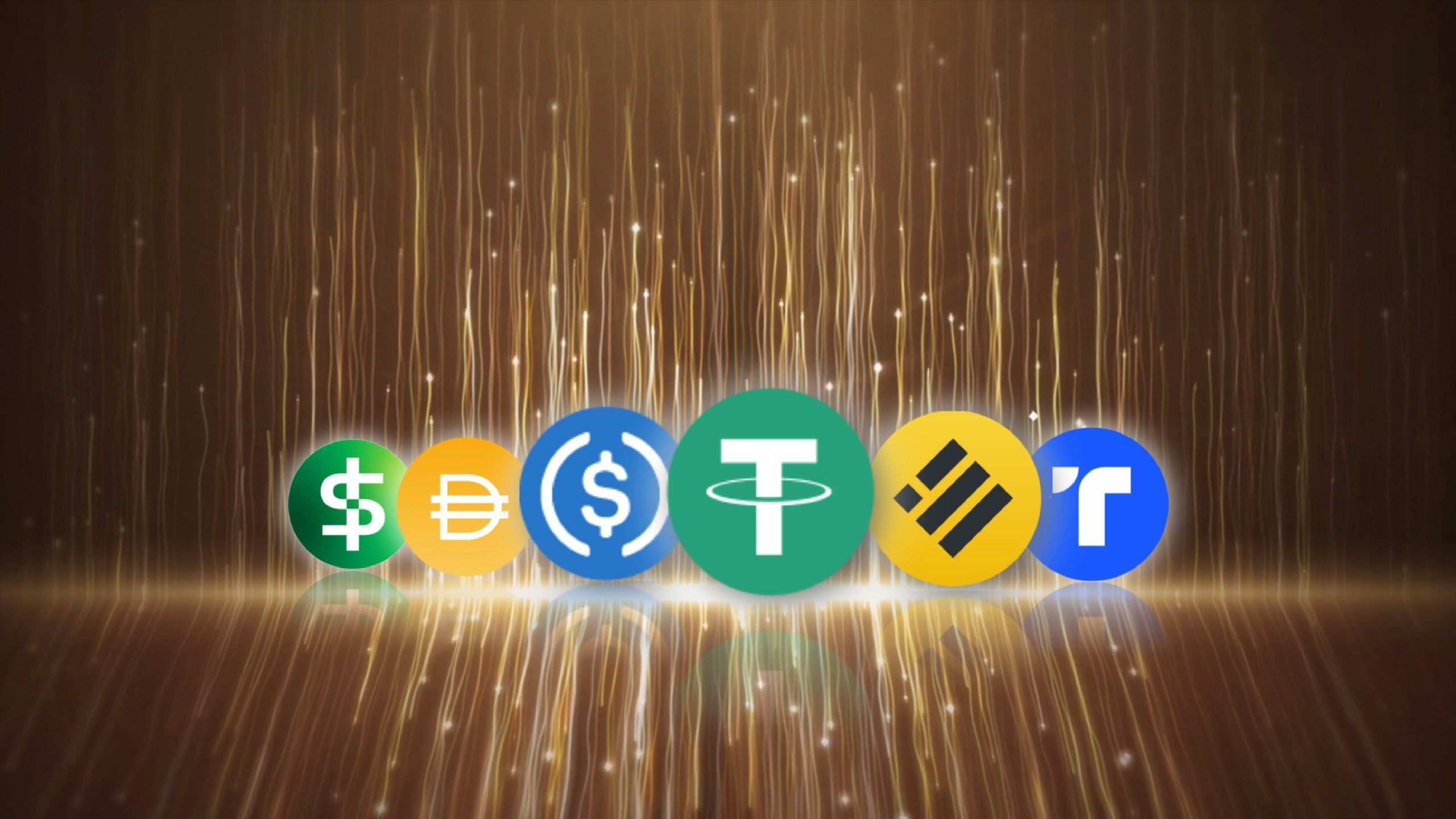Physical Address
60 Ekwema Cres, Layout 460281, Imo
Physical Address
60 Ekwema Cres, Layout 460281, Imo

Institutional stablecoin adoption is on the rise. An increasing number of traditional financial institutions are adopting stablecoins and their applications, as they realise the immense potential of the technology.
This adoption drive has put the total stablecoin market cap on a near-steady climb since April 2024, currently sitting at about $276.965 billion, over 50% higher than last year. Forward-thinking firms are taking the lead, building the infrastructure that powers this growth.
Cryptocurrencies are generally volatile. One of the first things crypto newbies learn is how quickly value can swing, sometimes overnight, depending on market sentiment or the actions of large players. Stablecoins, on the other hand, are digital assets pegged to more stable commodities, such as the US dollar, the euro, or even gold.
By design, they offer flexibility while addressing the limitations of traditional money. When the first stablecoin launched, it soon became the “digital dollar” people could use to settle transactions and conduct business, taking pressure off Bitcoin, which was popular at the time but too volatile for everyday use. What then began as a way to hedge against volatility has now found broader utility.
Once a niche trading tool, it has become a reliable way to remit money across borders, particularly in undeserved regions and emerging markets with weak or underdeveloped financial infrastructure.
Stablecoins have evolved from an experiment into a mainstream financial instrument in just over a decade. They began with BitUSD in 2014, primarily for trading as a hedge against volatility.
For years, they served a limited purpose, providing liquidity and stability in volatile ecosystems. Over time, however, people began seeing them as digital assets with money-like qualities. That was not enough. They have had to prove they could hold their pegs through market turbulence and downturns.
Today, they power tokenised assets, remittances, and cross-border payments. The shift began after repeated crypto winters demonstrated their resilience, and retail users adopted en masse. Institutions soon took notice, seeking alternatives to inefficiencies in some traditional markets. Regulatory frameworks, including the U.S. GENIUS Act, MiCA, and Hong Kong’s Stablecoin
Ordinance, also gave them further legitimacy, driving the pivot from hype to niche use among retail users, to a necessity for even institutional players.
Read Also: Bitcoin Soars Past $112K: What’s Fueling the Crypto Fire?
There is a noticeable surge in stablecoin use across traditional finance. What started as a niche for day traders has become essential infrastructure for institutions. Some key factors driving this adoption surge include:
Beyond these, regulatory clarity has been central. MiCA, passed in April 2023, created the first bloc-wide framework for stablecoins.
Before MiCA, regulation was fragmented: the U.S. relied on overlapping regimes (BitLicense, SEC, FinCEN), Japan recognised crypto assets in 2017 but not stablecoins specifically, and Singapore’s 2020 Payment Services Act partially covered them. MiCA set the stage for unified, large-scale adoption.
The U.S. GENIUS Act has since created a clearer framework to prevent market instability, especially after events like Terra Luna’s collapse in 2022, as it addressed reserve rehypothecation. Positive regulation across the U.S. and Europe has accelerated institutional adoption.
Institutional players are now actively integrating and deploying stablecoins as part of their general operational strategy. Visa has piloted stablecoin settlement using USDC across Solana and Ethereum, working with Worldpay and Nuvei.
They have also officially expanded their stablecoin settlement capabilities. Mastercard, on its part, has integrated stablecoin payments into its global merchant network, leveraging MoonPay, OKX, and Circle. Stripe, PayPal, and many payment processors have also developed plans and now integrate stablecoin into their daily operations.
Why are traditional financial institutions embracing stablecoins now? User migration. Millions are moving to platforms offering low-cost, instant, 24/7 transfers, while legacy systems remain slow and expensive. Would traditional institutions sit idle and watch their market share erode? No.
To this end, Visa, Mastercard, Stripe, JPMorgan, and others have formed partnerships and are building products around stablecoins. Beyond remittances, stablecoins unlock new opportunities. Asset , which JPMorgan and Goldman Sachs are experimenting with, is gaining traction. This, with DeFi integration, can offer traditional finance new revenue streams, helping institutions adapt to a changing financial ecosystem.
Institutional adoption does not come without risks. Some of them are
● Regulatory hurdles: Although stablecoins have seen increasing regulation, rules differ across jurisdictions. Multiple and repetitive stablecoin regulations may slow down adoption. Regulations are important for maintaining sanity; however, overregulation can stifle innovation just as the absence of regulation leaves room for disorder.
● Stability risks: Critics argue that although stablecoins face low redemption rates, they are vulnerable to potential runs. This implies that if confidence in the issuer or reserve backing suddenly weakens, redemptions could spike sharply, leading to a rush to cash out at once, triggering a “Bank run.”
● Counterparty and issuer risk: Unlike traditional financial systems, where a central bank issues money. Stablecoin issuers mint new tokens with little but thankfully growing oversight from regulatory authorities. Thus, issuer credibility is critical, because weak disclosure or poor management could trigger losses and undermine trust.
● Liquidity concentration: Stablecoins are effective for sourcing and settling liquidity needs at unmatched speeds. However, two companies, Tether and Circle, control over 85% of the entire stablecoin market. Reliance on a few issuers increases vulnerability to operational challenges or regulatory crackdowns.
Stablecoins have evolved from a niche tool traders used to hedge volatility to an essential infrastructure for global finance, and 2025 has cemented their role as more than a passing trend. With institutions leading adoption, stablecoins now bridge traditional finance and blockchain, powering cross-border payments and liquidity management.
As regulatory clarity spreads and infrastructure matures. As regulatory clarity spreads and infrastructure matures, stablecoins are positioned for their next phase of growth, and innovative institutions that act early will define this new era of financial infrastructure.